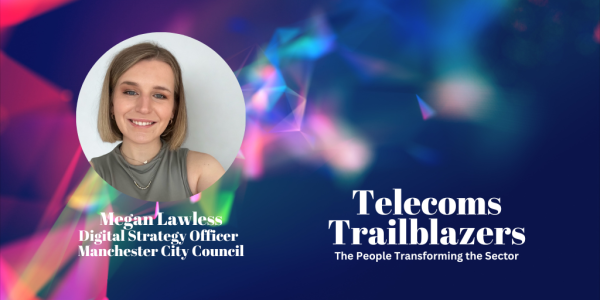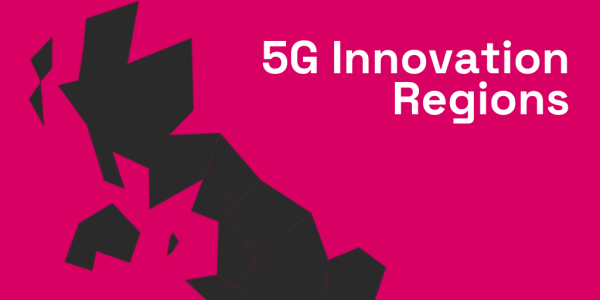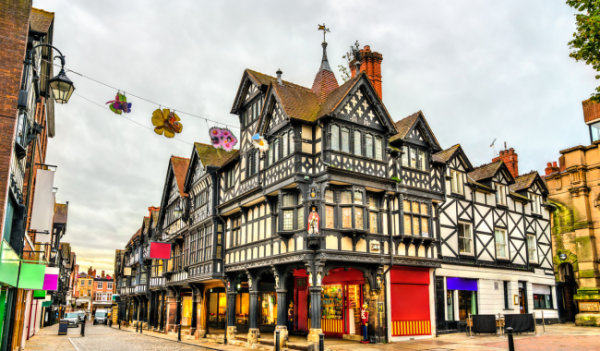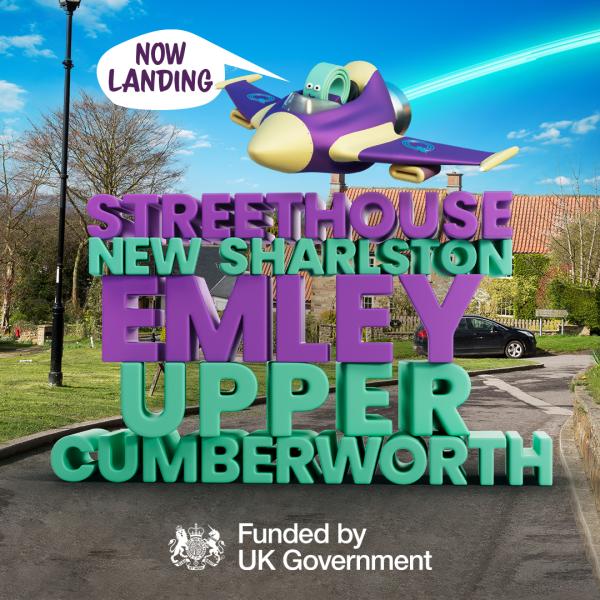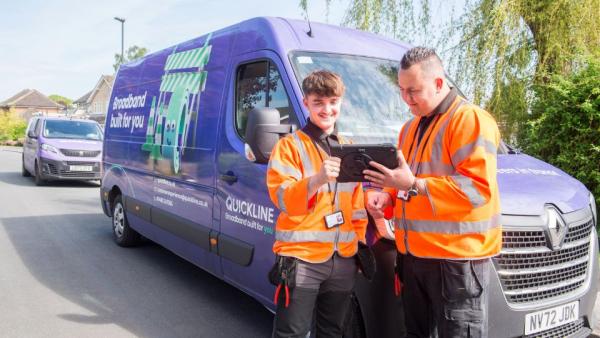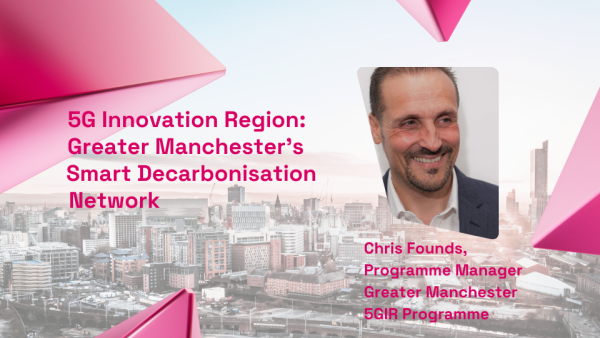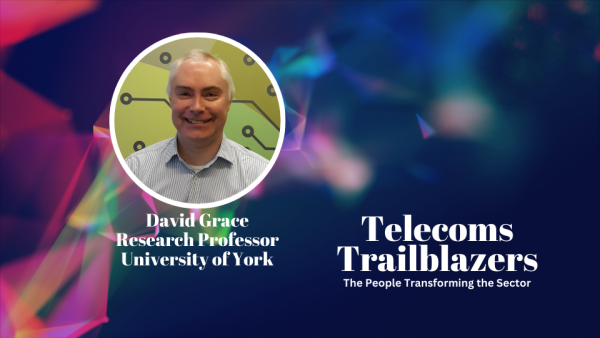
Building on the UK’s regional and national strengths, UKTIN’s Clusters Group exists to provide an open forum for inter-regional collaboration, sharing of best practices, insights and dissemination of learnings. Its overarching aim is to advance the adoption of advanced connectivity and has been designed to ensure all regions and nations of the UK can benefit equally.
The group focuses on showcasing and highlighting the capabilities and approaches of individual regions and so in a recent conversation, Ann Williams and Rosemary Kay, both Directors at Liverpool 5G, shared more details about the work being done.
What does Liverpool’s telecoms landscape look like?
Liverpool's telecom landscape is characterised by a robust mix of both established and emerging technologies. Traditional 4G services provide reasonable coverage, while the newer 5G network is still expanding, addressing the typical urban challenge of patchy coverage.
In addition to mainstream networks, Liverpool boasts a vibrant independent market, spearheaded by local initiatives which collaborate with regional authorities to bolster the city's infrastructure. A significant endeavour, the LCR Connect programme, exemplifies this collaboration, involving a joint venture that delivers about 223 kilometres of fibre connectivity across the city.
How does Liverpool 5G fit into this?
Liverpool 5G represents a groundbreaking approach to addressing digital divide issues within the community, particularly in underserved areas. This initiative goes beyond typical telecom objectives, focusing on localised, high-impact projects. Ann explains, “At Liverpool 5G we have an independent 5G network deployed across one of our poorest wards in the city, Kensington.”
The project originated from a social care perspective, with Ann, a former social care commissioner, recalling, "At first, we came into it from maybe a different angle than some of the other projects. We were looking at how you could introduce technology into social care services and get connectivity in the home." This initiative highlighted the lack of affordable connectivity in poorer areas and its impact on service delivery, spurring the development of a dedicated testbed for 5G technologies.
How does it operate?
Liverpool 5G operates on a model that prioritises local management and sustainability. The network is designed to be adaptable and responsive to the specific needs of the community it serves, particularly in sectors such as health and education.
Rosemary details the operation, saying, "Our standalone network was designed to be managed locally, ensuring essential services could continue without the prohibitive costs associated with commercial connectivity." This approach allows for a significant reduction in operational costs, enabling service providers to use advanced technology without financial strain.
The expansion into education through phase two of the project illustrates the operational flexibility and impact of Liverpool 5G. "We provided free connectivity to a primary school in a disadvantaged part of town. 100 children out of 220 did not have any connection during lockdown and the new connectivity helped them catch up on the learning they had missed," Ann recalls, highlighting the critical role of connectivity in modern education.
How does your work contribute to the UK’s broader aims around connectivity and telecoms?
Liverpool 5G’s initiative is closely aligned with the UK's broader objectives to enhance national connectivity and reduce digital inequality. The project not only addresses local needs but also serves as a blueprint for similar initiatives across the country.
The initiative is currently working on the LCR ONE HDD project to develop private networks using SA5G Open RAN ,which if successful, will demonstrate the better value of Open RAN with a wider selection of radios available for networks and better power consumption by using x Apps and r Apps.
Ann points out the strategic importance of such projects: "We're not just enhancing connectivity; we're rethinking how it can be used to support public services and drive social value." This approach mirrors national goals of achieving widespread digital literacy and accessibility, ensuring that technological advancements are beneficial across all societal sectors.
Moreover, Liverpool 5G addresses economic and policy challenges by engaging with national treasury processes and demonstrating the value of integrated connectivity solutions. Ann discusses the need for supportive policy frameworks: "Working with the Treasury and aligning our goals with national funding strategies is crucial. We're optimistic about the future and committed to pushing forward, ensuring that our learnings help shape a more connected and inclusive UK."
Despite facing challenges such as funding and policy alignment, Liverpool 5G is paving the way for how cities can leverage technology to address complex social issues, ensuring connectivity advancements reach all corners of society, not just the economically profitable ones.

